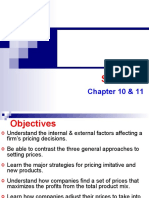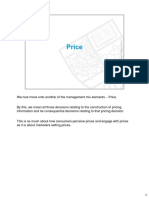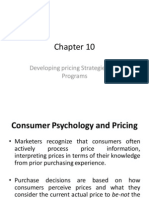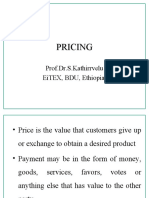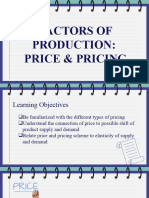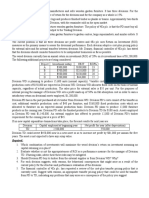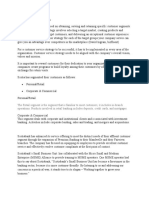0% found this document useful (0 votes)
21 views22 pagesLecture 03
The document outlines key concepts in innovation and entrepreneurship, focusing on effective market segmentation, various pricing strategies, types of costs, and business models. It emphasizes the importance of measurable, accessible, substantial, differentiable, and actionable segmentation for targeting customers effectively. Additionally, it details different pricing strategies and business models, highlighting how companies can create value and generate revenue while managing costs and customer relationships.
Uploaded by
Saif eldeen SolimanCopyright
© © All Rights Reserved
We take content rights seriously. If you suspect this is your content, claim it here.
Available Formats
Download as PDF, TXT or read online on Scribd
0% found this document useful (0 votes)
21 views22 pagesLecture 03
The document outlines key concepts in innovation and entrepreneurship, focusing on effective market segmentation, various pricing strategies, types of costs, and business models. It emphasizes the importance of measurable, accessible, substantial, differentiable, and actionable segmentation for targeting customers effectively. Additionally, it details different pricing strategies and business models, highlighting how companies can create value and generate revenue while managing costs and customer relationships.
Uploaded by
Saif eldeen SolimanCopyright
© © All Rights Reserved
We take content rights seriously. If you suspect this is your content, claim it here.
Available Formats
Download as PDF, TXT or read online on Scribd
/ 22










